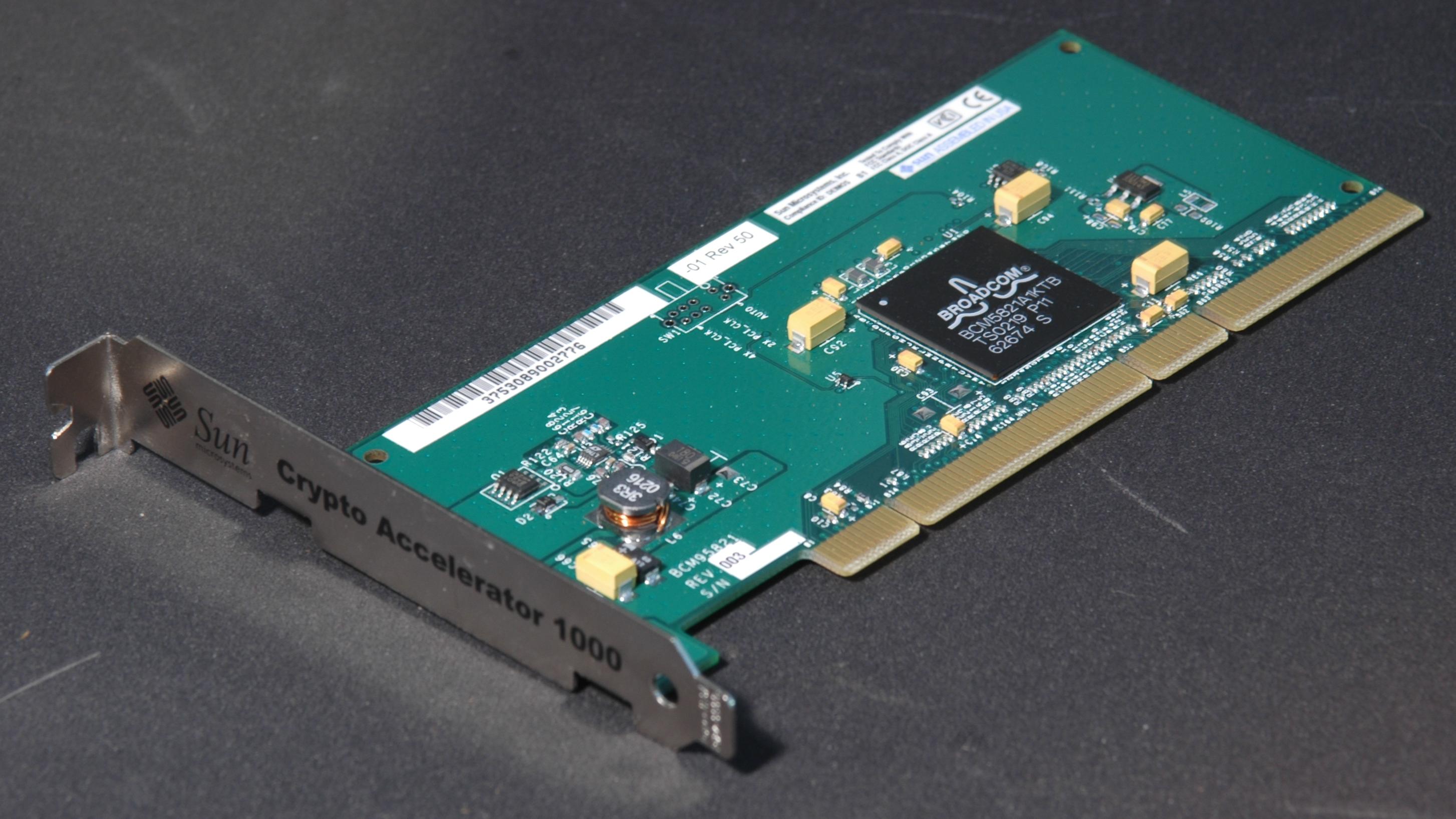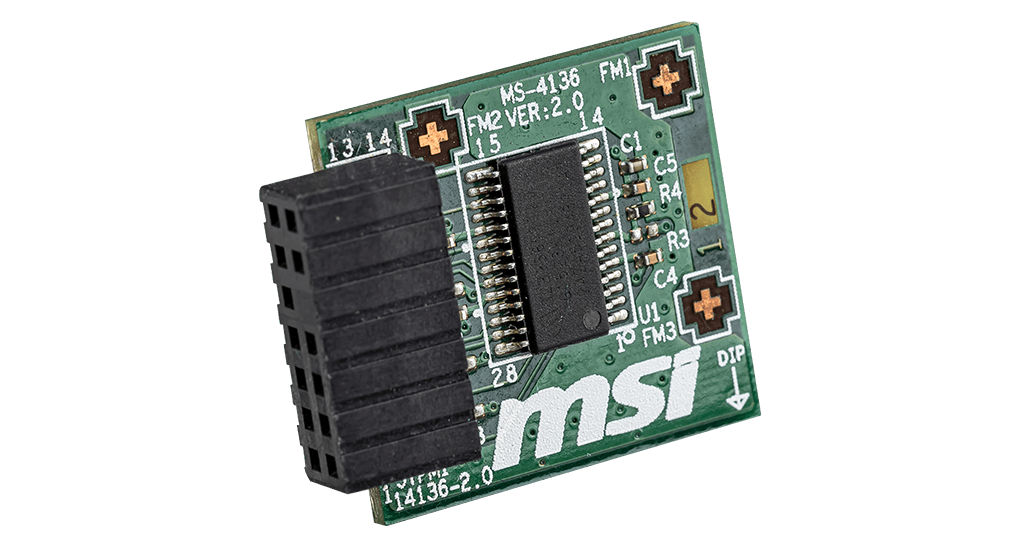This write-up has been written to complete the presentation and to deal in depth with the subject in detail.
At first we need to define several concepts and technical terms to completely understand the process of pseudo-random number generation on Linux systems.
The entropy means a measurable physical property that is particularly associated with a state of disorder, randomness, uncertainty or even chaos.
So, better the entropy is, more qualitative the random values generation is !
Let's take an example for computer science. Look at this two differents strings :
String 1 : aDf!F62?g3W8m$
String 2 : aaZz$qwQ22Z7zPP
In this simple example, we can easily guess which string has a better entropy. Here it is the string 1 !
But why ?
We can notice that the string 1 has different characters and no repetition of identical ones. However, we can see in the string 2 that there are several repetitions of '2', 'a', 'z'...
On Linux systems, we use what we call "special files" and especially two in particular that we will discuss in the second part.
A device file or a special file is an interface to a device driver that appears in a file system as if it were an ordinary file.
Few examples of special files that you certainly know :
Block devices
/dev/sda
/dev/nvme
/dev/vda # for virtual disks
/dev/cdromCharacters devices
/dev/random
/dev/urandom
/dev/zero
/dev/ttyX # where X is a numberYou may have noticed in the first sentences of this article that I talked about pseudo-random generation and not just random generation.
Pseudo-random number generation creates a sequence of numbers that approximates the properties of perfect random numbers as closely as possible. It's based on mathematical algorithms.
For sure, it is impossible for our current computers to generate perfectly several random values as a human being would be able to do. That's why we need powerful algorithms and measurable physical properties on which to base, to reach the best possible entropy.
It also exists hardware components dedicated to this purpose such as this PCIe expansion card :
Or this more recent component, that we call TPM (you certainly heard about it when Windows 11 was released):
These components generate random numbers from a measurable physical process as mentioned earlier. It can be the thermal noise for example or any other source of physical entropy. It is finally from this source that we generate a seed !
The seed is the entry point of the pseudo-random generation algorithm. This value is defined explicitly by the user or directly with a default value like the system timestamp for example. The purpose of the seed is to allow the user to lock the pseudo-random number generator, to prevent replicable analysis.
As we mentioned before, on Linux systems, we have to use special files to generate random numbers. These two special files are the most common ones and we can found them in most Linux distributions.
This special file is generally used for cryptographic purposes. In fact, while you are reading this source of random values, the system is controlling if the values generated have enough entropy. If not, the source of reading process can be blocked by the system. That's why it can't be used for long reading processes.
Moreover, this special file can be interfaced with hardware components such as those mentioned above. It depends of course os the Linux distribution (if the necessary drivers are present) and the hardware configuration of your computer.
For example, to generate SSH keys or for LUKS encryption, we generally use /dev/random for a better entropy.
The special file /dev/urandom is used in quite different cases. In a reading process of this file, there isn't any entropy check, so the random values generated have a lower entropy quality. That's it could be better to used /dev/urandom for longs reading processes because the data stream is not bocked by the system.
For example, the shred command (known to overwrite a file/disk to hide its contents, and optionally delete it) uses the special file /dev/urandom.
Finally, depending of the Linux distribution, you can have other random values sources with other special files. Here are some examples :
-
/dev/arandom : Generates high-quality pseudo-random output data (based on RC4 algorithm)
-
/dev/prandom : Simple pseudo-random generator (no entropy checks)
-
/dev/srandom : This device returns reliable random data even if sufficient entropy is not currently available (based on MD5 algorithm)
You can find here all my references that I used to write this article and the presentation :
https://www.techno-science.net/glossaire-definition/Generateur-de-nombres-aleatoires-page-2.html
https://nixdoc.net/man-pages/OpenBSD/man4/arandom.4.html
https://wiki.archlinux.org/title/Random_number_generation
https://wiki.archlinux.org/title/Device_file
https://en.wikipedia.org/wiki/Hardware_random_number_generator
https://en.wikipedia.org/wiki//dev/random
https://linuxhint.com/dev_random_vs_dev_urandom/
https://webinet.cafe-sciences.org/articles/au-fait-cest-quoi-lentropie/
https://en.wikipedia.org/wiki/Pseudorandom_number_generator
https://linuxconfig.org/identifying-file-types-in-linux
Updated : 01/02/2022, Author : Xen0rInspire

